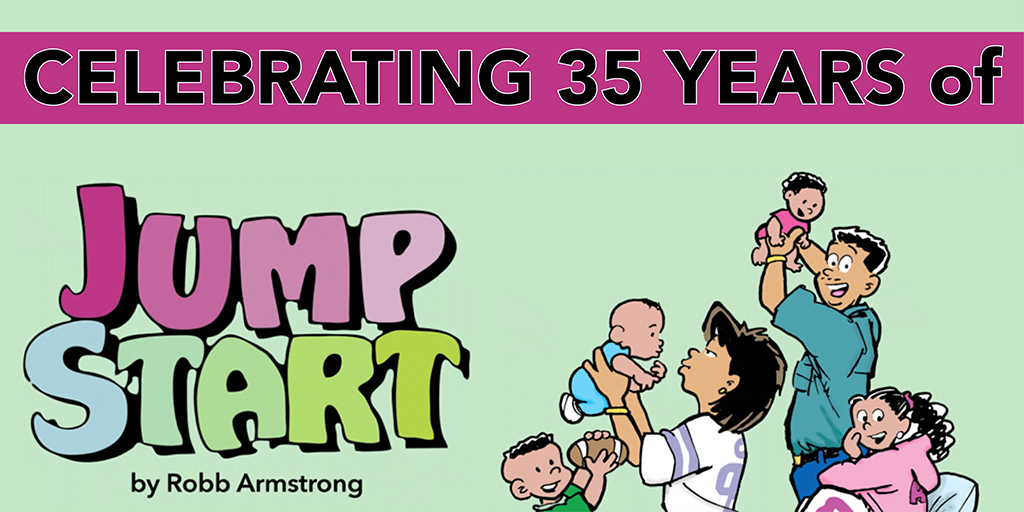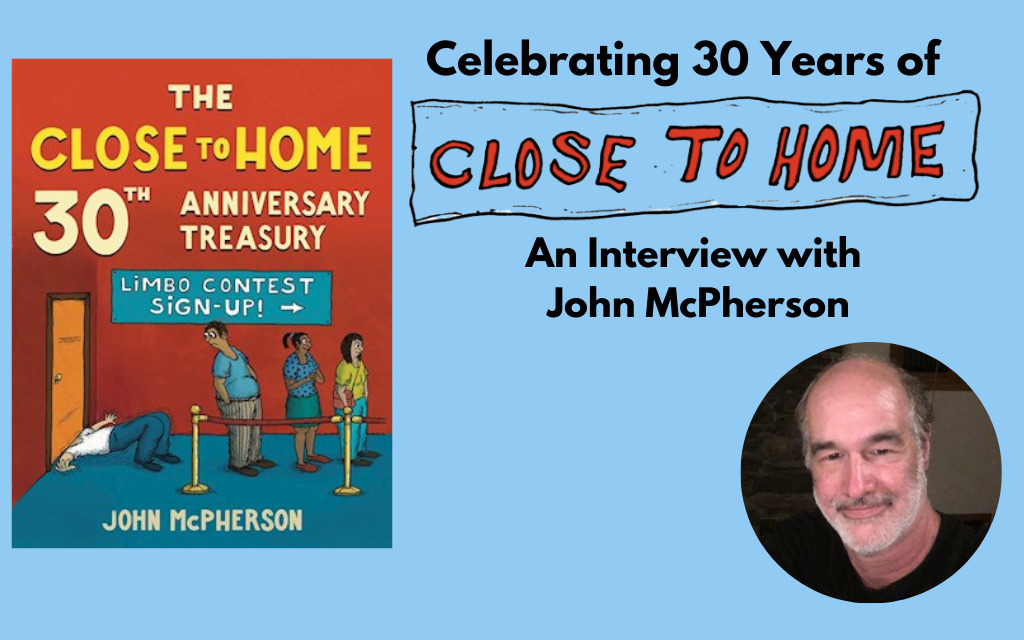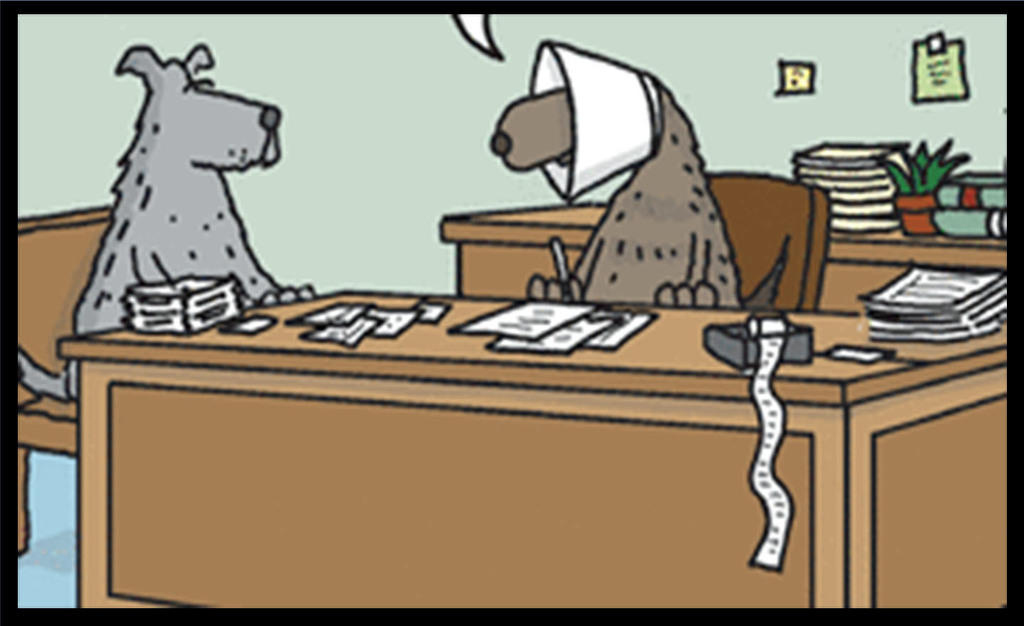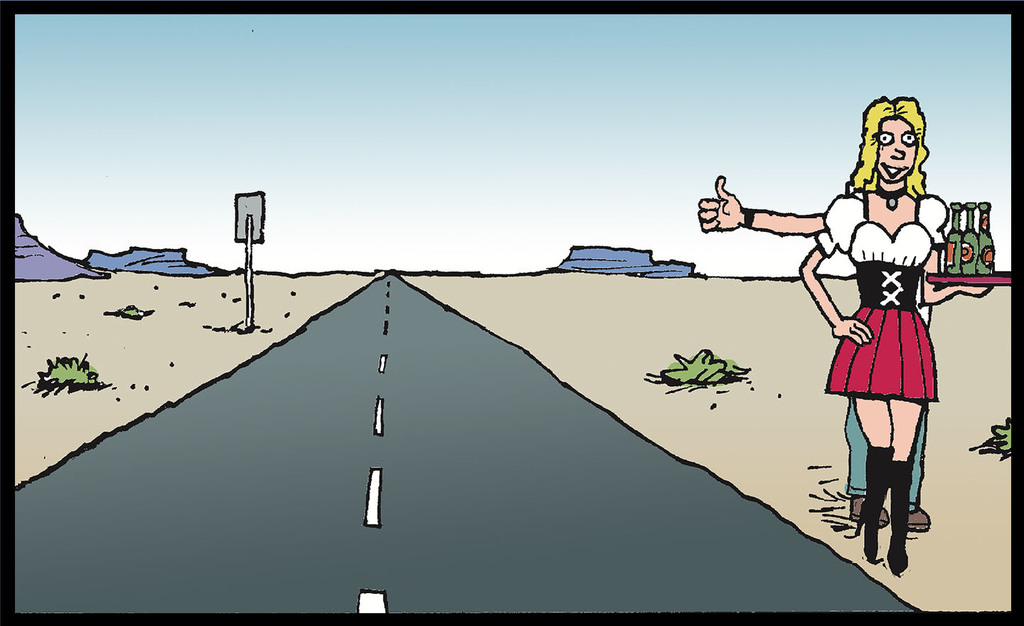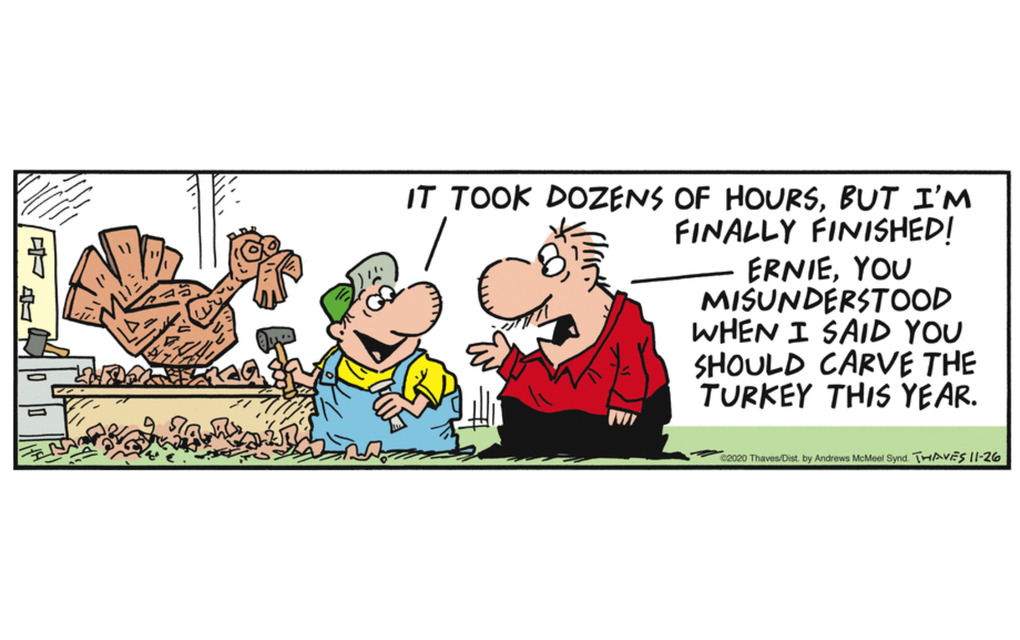Ryan North (Dinosaur Comics)
by GoComicsI always wanted to make comics, but couldn't draw. Here's how someone like that can get a career in comics for themselves.
I read comics while I was a kid: Archie comics, mostly. I lived in a rural village and there were no comic book stores, but the grocery store had Archie at the checkout, so that was what I read. One time М_- I still remember it, because it was a HUGE DEAL and it only happened once - my mom's hairdresser gave us stacks of her son's comics: tons of random issues of X-Men and Superman that we'd try to piece together to make larger stories out of. I loved them. I wanted to make them.
And like I said, I couldn't draw.
That - and the comics I could read in the newspaper - formed my complete experience with comics until I was a teenager. I graduated high school, I got an old car, and I got a job, and with my first paycheck, I walked into a downtown comic book store and bought some comics at random. I ended up grabbing some good ones: The trade paperback of The Dark Knight Returns was among them.
Saying my mind was blown is pretty fair. Comics were way more complicated than what I'd imagined from Archie. You could do all sorts of things with them. I bought more and more comics. I mailed them to high school friends who had moved away for university with notes that said things like "CAN YOU BELIEVE THIS?? COMICS ARE RAD, HOLY MOLEY." What I was discovering was that comics are a medium, not a genre. Anything you wanted to share, anything you wanted to show, you could do in comics. I wanted to do it all.
And again, I couldn't draw. But I had an idea for how I could hack around it.
The idea was this: What if there was a comic where the pictures didn't change, but the WORDS did? All you needed was to draw once, and you'd be set. You wouldn't NEED to draw, but it would still be images juxtaposed in deliberate sequence. It'd still be comics. So I sat down one Saturday morning and laid out what I was going to call Dinosaur Comics. It looked like this:
Then, I tried to write words for that comic. It didn't go well. This is as far as I got before I abandoned it, spelling mistakes and all:
My problem was, my layout didn't work. Characters appeared and disappeared at random and there was no visual story, just noise. I got frustrated, flipped a few tables, and when I set them upright again, I sat down and changed my layout, producing this:
There it was: a layout I could use. I wrote my first 10 comics in the space of three hours, and confident that I had a layout that would work for at least a few weeks, I put up my first Dinosaur Comics online. Three years later, it became my full-time gig. Almost a decade has gone by since then, and I've been rewriting my first (well, second) comic ever since:
It usually takes me about three hours to write a comic. This has been pretty constant after that first batch: three hours. Half an hour a panel! That's pretty slow, but it's not like I actually take 30 minutes to write each frame. Most of the time is spent rewriting, polishing, trying to get the comic to be the best comic it can be. Since dialogue (obviously) carries Dinosaur Comics, it has to be near-perfect, otherwise the illusion will break and you'll say "Hey, wait a minute! I'm reading a comic where the pictures don't change and I've been doing so for years?? WHAT KIND OF SHAM IS THIS??"
Doing Dinosaur Comics has helped me a lot in my non-Dinosaur Comics work, including writing for the Eisner-award-winning Adventure Time comics, as well as for Unbeatable Squirrel Girl from Marvel (released January 7th!). All this comes from jumping head-first into a visual medium where I had no visual skills, or, if we want to get all inspirational-essay about it, from approaching my own limitations as if they were opportunities.
Thanks for reading my comics!


